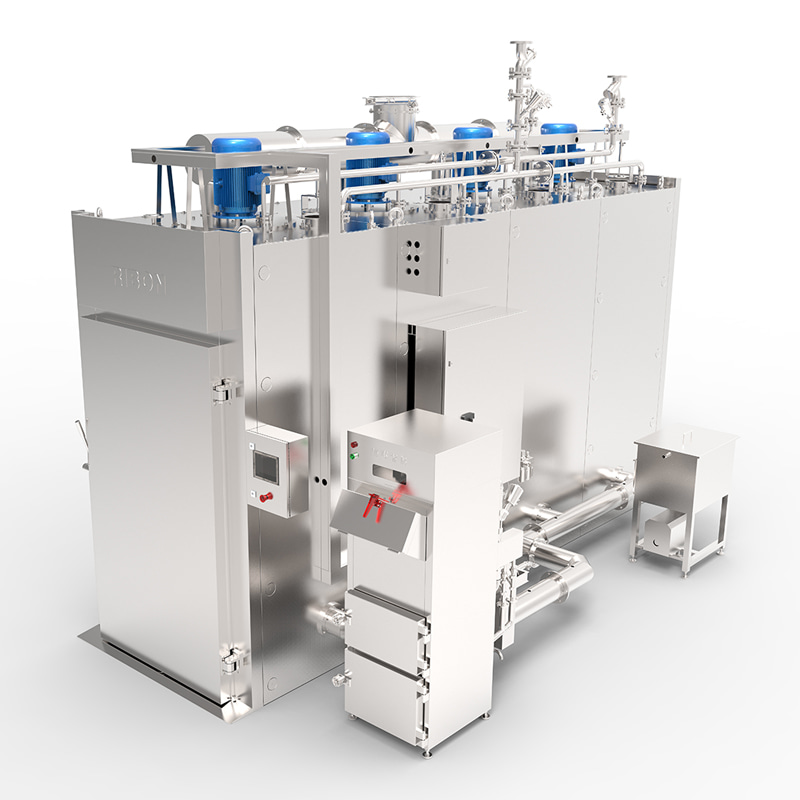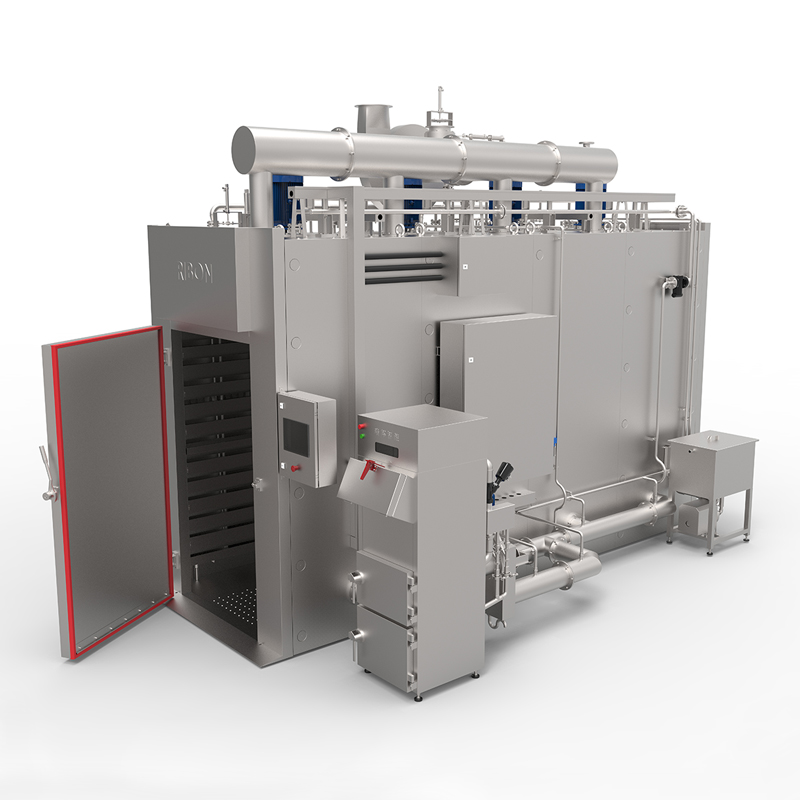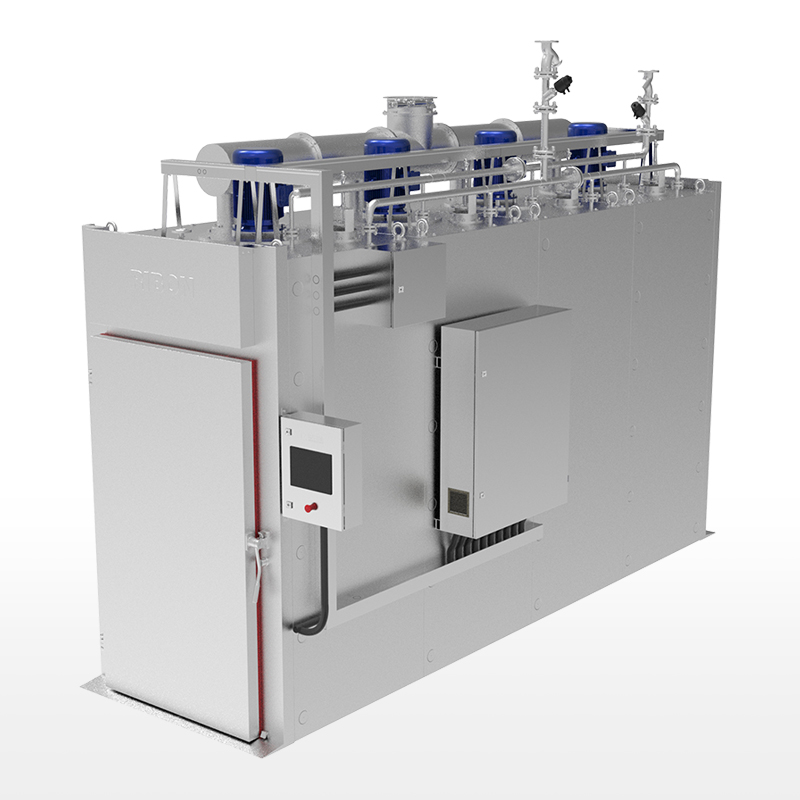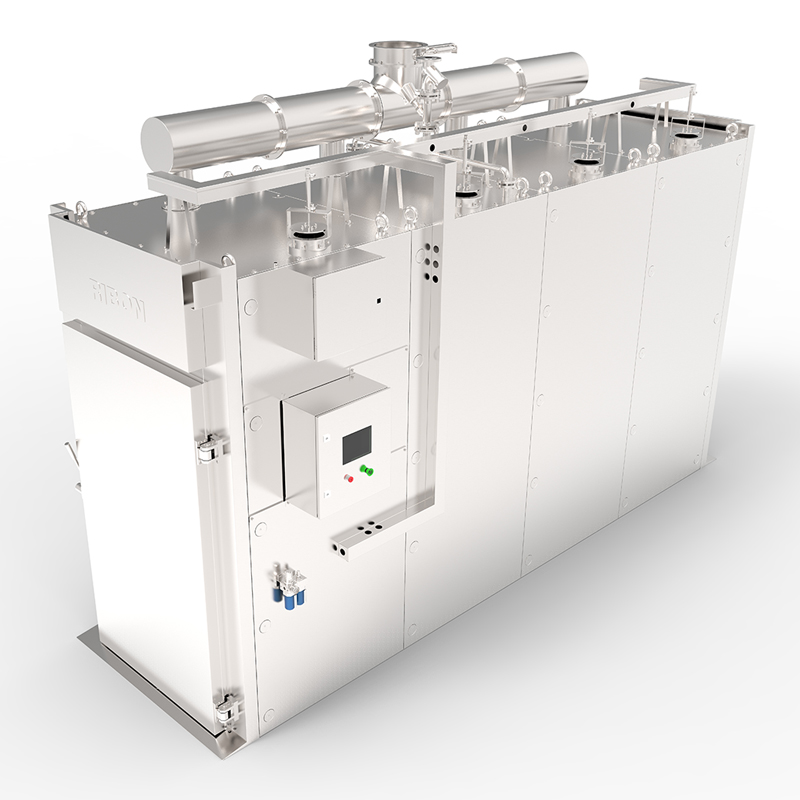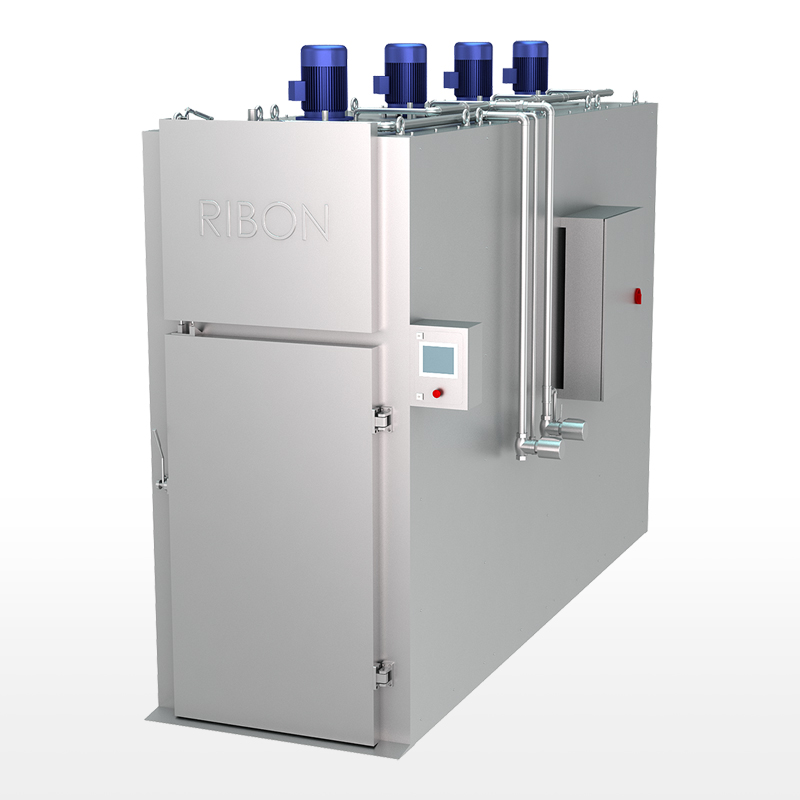For home cooks and professional chefs alike, achieving deeply flavored and tender food is a constant pursuit. While traditional marinating has long been the standard, a more efficient and impactful technique has gained significant traction: vacuum marinating, also known as pressure marinating or rapid marinating. This innovative method harnesses the principles of atmospheric pressure to accelerate the infusion of marinades, offering a host of benefits that elevate the culinary experience.
How Does Vacuum Marinating Work?
At its core, vacuum marinating involves placing food and marinade in a sealed environment from which air is extracted. This creates a low-pressure, or vacuum, state. When the pressure is reduced, several key things happen:
-
Pore Expansion: The reduced external pressure causes the microscopic pores and fibers within the food to expand. This effectively "opens up" the food, making it more receptive to absorbing the marinade.
-
Rapid Infusion: As air is removed, the marinade is drawn into these expanded spaces at a much faster rate than under normal atmospheric pressure. Imagine a sponge being squeezed and then released in liquid – it quickly soaks up the fluid. Vacuum marinating works on a similar principle.
-
Pressure Release and Absorption: When the vacuum is released (either by opening the chamber or reintroducing air), the atmospheric pressure outside the food pushes the marinade even deeper into the expanded pores, locking in flavor and moisture. This "pressure differential" is what makes quick marinating so effective.
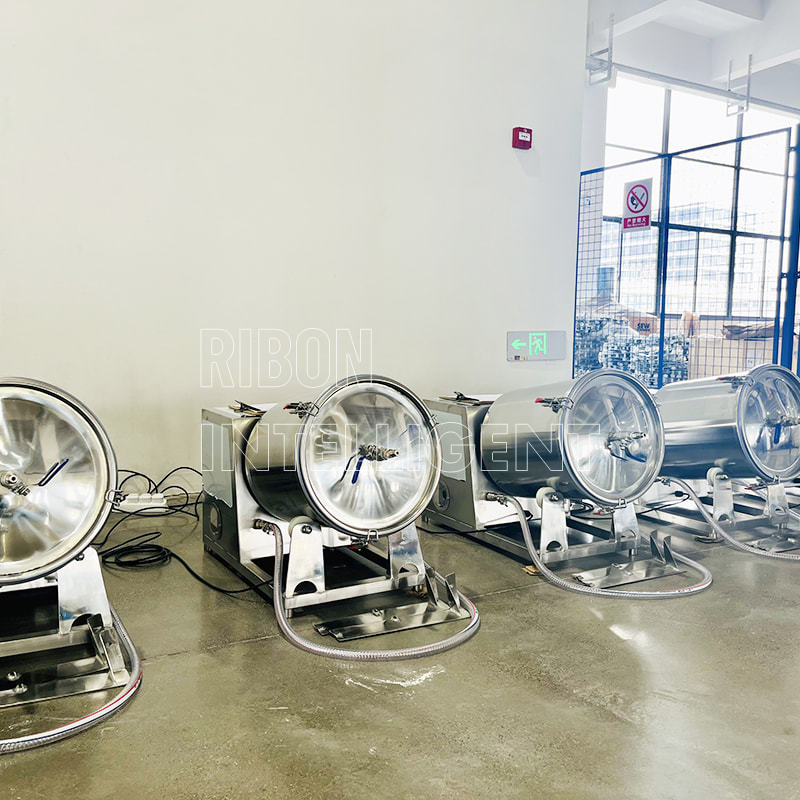
Key Benefits of Vacuum Marinating
The advantages of employing a vacuum marinating system extend beyond just speed:
-
Significantly Faster Marinating Times: This is arguably the most celebrated benefit. What might take hours or even overnight in a traditional marinade can often be achieved in as little as 20-30 minutes with a vacuum sealer or dedicated vacuum marinator. This is a game-changer for spontaneous cooking and efficient meal preparation.
-
Deeper Flavor Penetration: Due to the forced infusion, the marinade penetrates further into the core of the food, not just on the surface. This results in a more uniformly flavored product, bite after bite.
-
Enhanced Tenderness: The vacuum process can also contribute to tenderizing meats. The rapid expansion and contraction of fibers, coupled with the enzymatic action of certain marinade ingredients (like acids or tenderizers), helps break down tough muscle fibers, leading to a more palatable texture.
-
Improved Moisture Retention: By drawing marinade into the food, vacuum marinating can help to keep meats, poultry, and even vegetables more moist during cooking, preventing them from drying out, especially when grilling or roasting.
-
More Efficient Use of Marinade: Because the marinade is actively pulled into the food, less can be used to achieve the same or even better results, making the process more economical in the long run.
-
Versatility: Beyond meats, vacuum marinating works wonderfully for vegetables, firm fruits, and even infusing liquids with flavors (e.g., oils with herbs).
Applications and Considerations
Accelerated marinating is particularly beneficial for:
-
Grilling and BBQ: Quickly prepare steaks, chicken, pork, and seafood for intense flavor and tenderness.
-
Stir-fries and Sautéing: Infuse vegetables and thinly sliced meats with flavor in minutes.
-
Everyday Meals: Transform weeknight dinners with minimal planning.
While the benefits are clear, it's worth noting that a dedicated vacuum marinator or a vacuum sealer with a marinating function is required. However, the investment often pays for itself in terms of time saved and the consistently superior results it delivers.
In conclusion, vacuum marinating offers a powerful and efficient way to elevate your culinary creations. By understanding the science behind this technique, cooks can unlock deeper flavors, achieve greater tenderness, and significantly reduce marinating times, ultimately leading to more delicious and satisfying meals.





 English
English русский
русский Español
Español عربى
عربى
